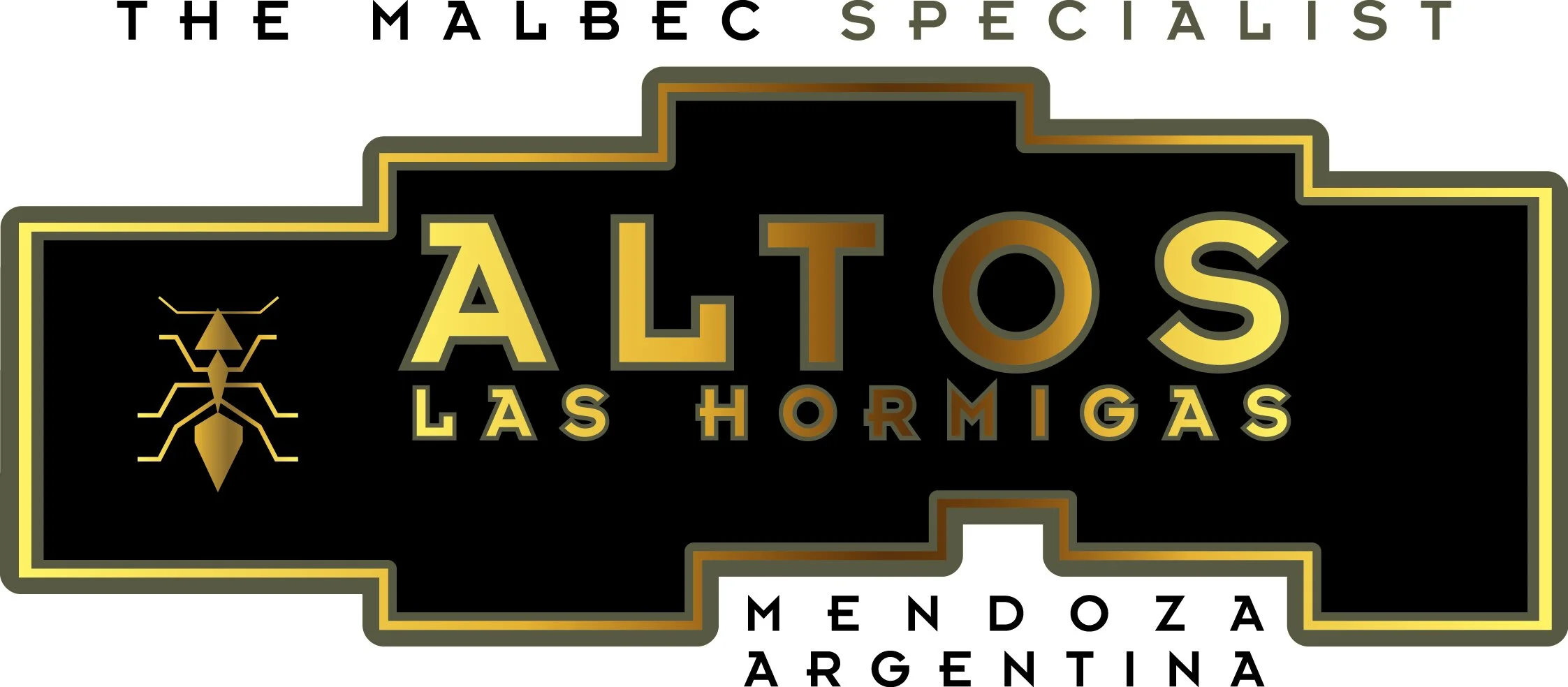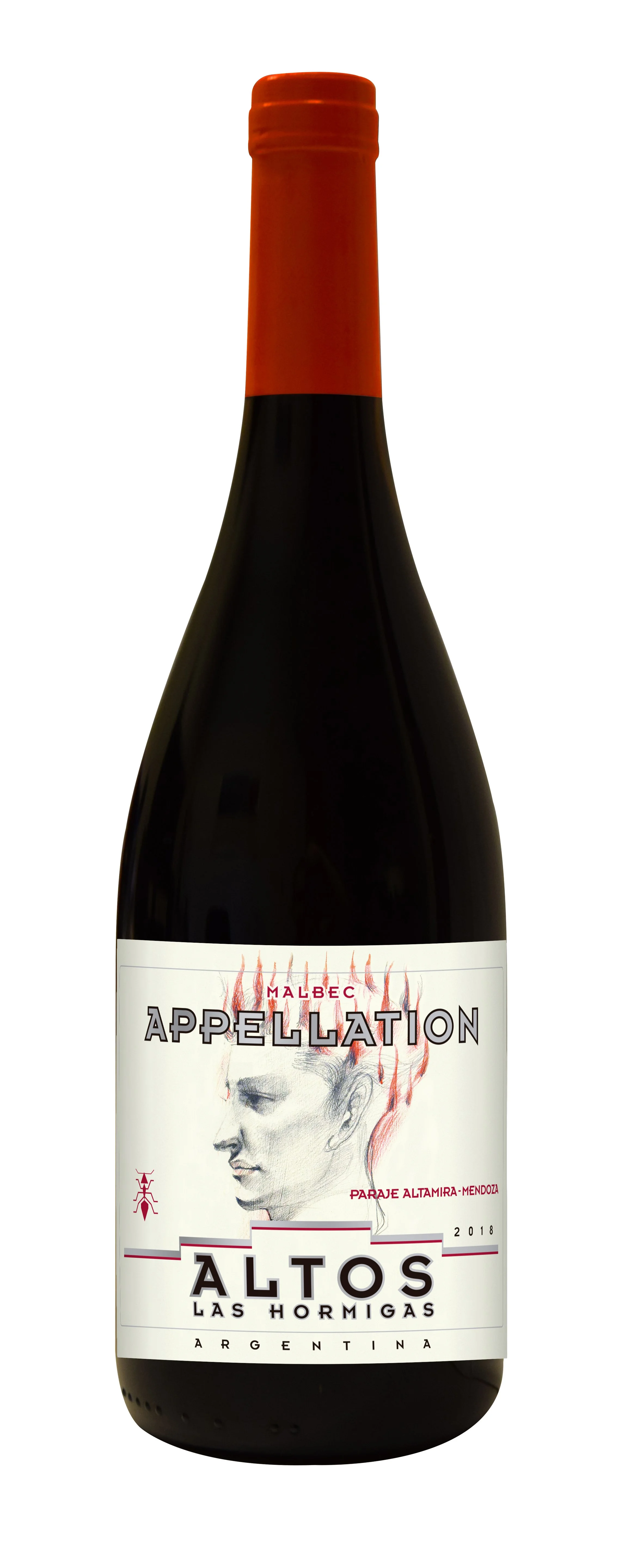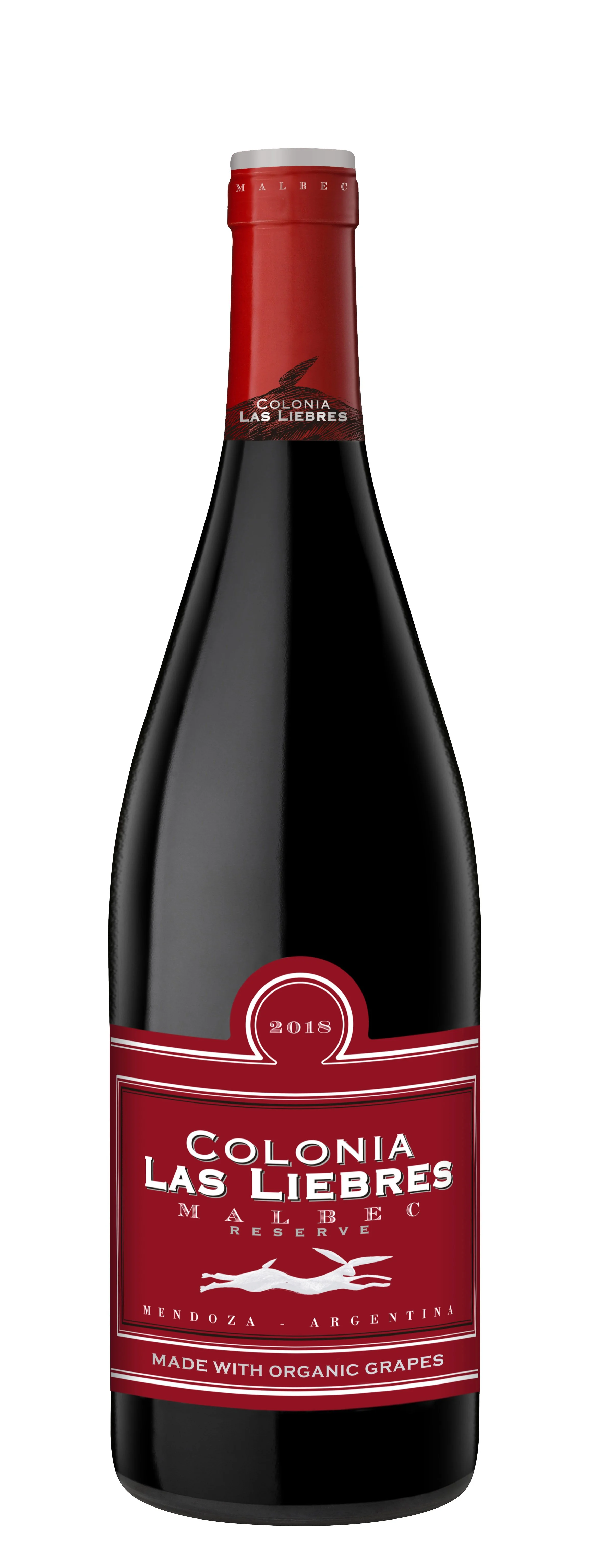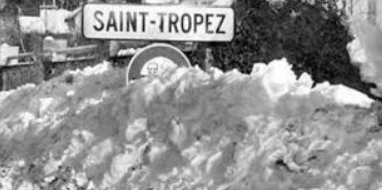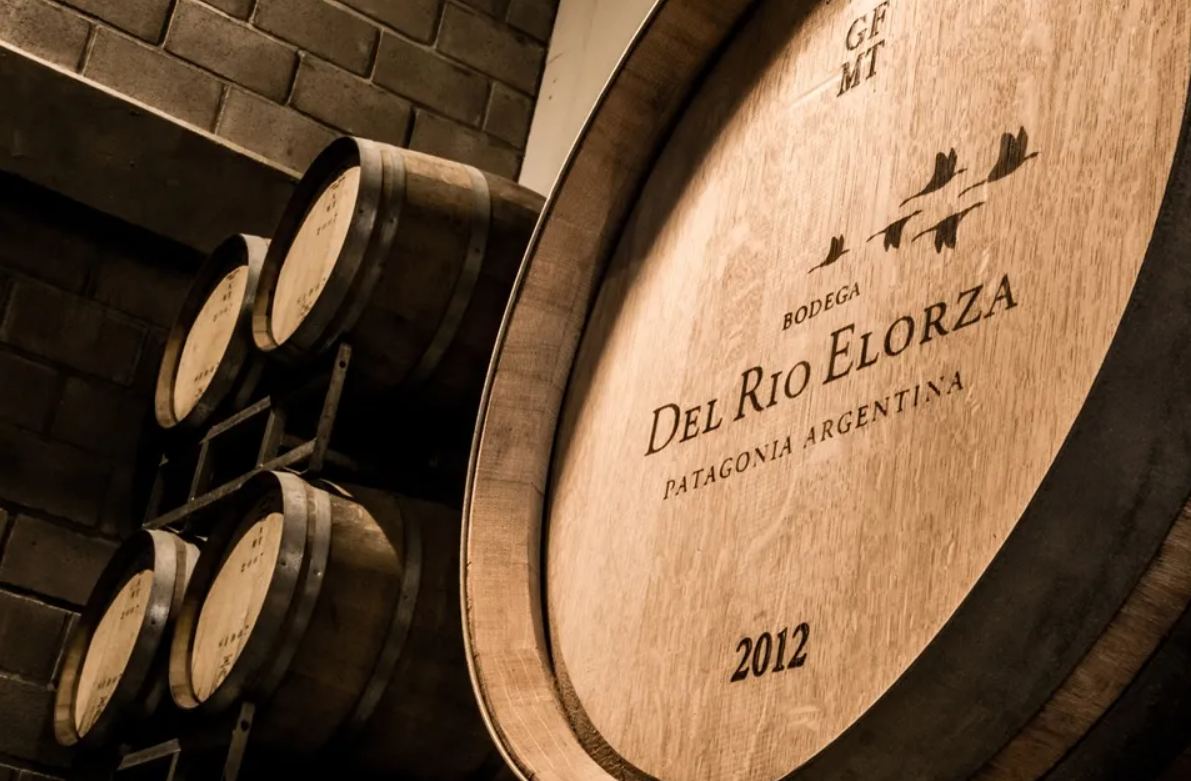Malbec – Argentina’s Icon…but so much more!
A few months ago, we gave you an extended view on Chile’s signature grape, Carménère , its origin, history and why it thrives so well in Chile.
We are now crossing the Andes to Argentina, this time to dig deep into Malbec, another example of a highly synergic relationship between a grape and a country.
Malbec and Argentina have become inseparable on many wine lists, and indeed in the mind of the consumer, and with Malbec being celebrated on April 17th, we thought we’d travel in time and space to discuss all things Malbec.
1. A Bordeaux grape
Malbec, originally called Côt in France, is a purple grape variety that is included as one of the six traditional grape varieties used for blending of Bordeaux red wines.
The grapes tend to have an inky dark color, bright raspberry and blackberry fruit character with strong violet nuances and powerful structure.
However, Malbec’s true birthplace was not in Bordeaux.
French ampelographer and viticulturalist Pierre Galet notes that most evidence suggests that Côt probably originated in Northern Burgundy.
The grape naturally made its first move to Bordeaux, as being a thin-skinned grape and thus rather sensitive to frost, it has a propensity for shattering or coulure and needs more sun and heat which Bordeaux’s maritime climate could provide.
2. … until a dramatic event changed its French destiny forever…
The grape became less popular in Bordeaux after the severe winter of 1956 in France wiped out 75% of the crop.
In the rest of France, Malbec was grown all around the country, a legacy that is still present in the list of local synonyms for the variety, which easily surpasses 1,000 names.
In recent times, however, the popularity of the variety has been steadily declining in France with only 6,100 hectares planted with Malbec in 2000, now found primarily in Cahors in South West France, a small town on a river that gently flows towards Bordeaux.
3. … giving the full spotlight to a lesser known and underappreciated region, ready to shine bright and high!
The grape was first introduced to Argentina in the mid-19th century when Provincial Governor Domingo Faustino Sarmiento instructed the French agronomist Michel Pouget to bring grapevine cuttings from France to Argentina.
Among the vines that Pouget brought were the very first Malbec vines to be planted in the country.
Malbec is now widely planted in Argentina and has become a "national variety": there were once 50,000 hectares planted with Malbec in Argentina; now there are 25,000 hectares in Mendoza alone!
While Argentina was long (in)famous for its inexpensive Malbec wine produced for local consumption, the grape was rediscovered in the late 20th century as the Argentine wine industry shifted its focus to premium wine production for export.
The Argentine wine industry quickly discovered the unique quality of the grapes grown in Mendoza's high altitude wine regions of Luján de Cuyo and the Uco Valley.
4. Argentina vs France / Mendoza vs Cahors / Modernity vs Tradition
a. Mendoza, Argentina
Argentinian Malbec grapes are different from their French cousins, having smaller berries in tighter, smaller clusters.
This suggests that the cuttings brought over by Pouget and later French immigrants were a unique clone that may have gone extinct in France due to frost and the phylloxera epidemic.
Argentinian Malbec has a softer, less tannic-driven wine profile than Cahors.
The main fruit flavors in a glass of Argentinian Malbec are blackberry, plum, and black cherry.
The nuanced flavors offer chocolate, cocoa powder, violet flowers, leather, and, depending on the amount of oak aging, a sweet tobacco finish.
As Malbec loves high elevation (Mendoza’s highest vineyards are located at more than 3,300m, five times Shanghai Tower’s height!) with wide diurnal temperature shift, high-altitude Mendoza has attracted many notable foreign winemakers, such as Paul Hobbs, Michel Rolland, Herve Joyaux-Fabre, Roberto Cipresso and Alberto Antonini.
Today, there are several Malbecs from the region scoring over 95 points in Wine Spectator and Robert Parker's The Wine Advocate.
Most recently, there has been work to investigate soil and specific plots of vineyard as part of a terroir-driven approach, and in our opinion no other winery is a better advocate for this focus on terroir than Altos Las Hormigas!
In 1995 Alberto Antonini, one of the world’s most respected winemakers, and Antonio Morescalchi, a Tuscan entrepreneur, took a trip to visit to the up-and-coming wine regions of South America.
It took only one stop to find what they were looking for.
They were immediately impressed by the vineyards thriving in the high altitude and dry climate of Mendoza, Argentina.
They were captivated by the potential of a New World wine region so deeply rooted in the Old World.
They returned to Tuscany powerfully impressed not only by the region, but also by the unexplored potential of Malbec, a grape that had a strong local tradition but, at the time, was largely ignored and misunderstood.
While the rest of the wine world saw Mendoza struggling to shed its bulk wine image, the two young Italians saw Mendoza as a place where traditional viticultural values and unblemished terroir could be reinvigorated with a modern winemaking approach and international experience.
Against all odds and local advice, they cemented their goal to become Malbec Specialists.
Today Malbec is considered Argentina’s leading grape variety and Altos Las Hormigas is recognised as one of the world’s leading Malbec and Terroir specialists.
Their Malbecs are consistently ranked as some of the best expressions of this grape in the world.
Renowned wine critic Robert Parker has said: “Readers can be assured that I will be buying these wines for my own cellar…a tour de force Malbec.”
Our Suggestions:
Altos Las Hormigas Malbec Clasico —— starting the journey
Altos Las Hormigas Malbec Reserve —— à the coming of age
Colonia Las Liebres Malbec Reserve —— the tribute from its Bonarda Alter Ego
To find these wines in China, get in touch with Wikiwine.
b. Cahors, France
Despite Cahors being hit by the same frost that permanently signed the fate of Malbec in Bordeaux, the grape was replanted and continued to be popular in that area.
Winemakers in the region frequently mixed Malbec with Merlot and Tannat but have ventured into 100% Malbec varietal wines more recently.
While Argentine Malbec is fruit forward, Malbec from France is quite the opposite.
From the Cahors region, it is leathery, with flavors of tart currant, black plum, and savory bitterness often described as green at the start.
French Malbecs have higher acidity adding further structure and freshness and flavors of black pepper and spice.
If the traditional tannic structure of expressions in Cahors could have made them un-approachable to new consumers, times have since changed and a new generation of producers in Cahors has sought to create a more approachable style.
Some believe Cahors’ best days could lie ahead of it, as Andrew Jefford wrote in his 2016 column with the deliberately provocative title, ‘Cahors’ Argentine revival’.
And who better than an Argentinean Malbec specialist to guide you through a few Cahors wines?
The team from Altos Las Hormigas visited Cahors in 2013 hoping to bring back valuable knowledge to Mendoza, a region that has, over the past 20 years, built a serious reputation for producing some of the world’s finest Malbecs.
The terroir-driven winemakers were instantly struck by the abundant limestone soil in Cahors, a scarce and sought-after resource in Mendoza but plentiful in the South West of France.
Cherry picking wines from their two favorite producers, the Cahors project takes you on a journey to discover an astonishingly elegant expression of Cahors, all for the love of limestone and Malbec!
- Chateau les Croisille: hillside vineyards are used for the “Plateau” cuvee and the “Terrasse” cuvee originates from vineyards grown on a river terrace
- Barat-Sigaud: owns two different properties - Causse du Theron “En Pente” recognizable by its extremely fine tannins, is made with grapes from a hillside vineyard rich in limestone.
The “Terrasse” version comes from a vineyard on a Lot river terrace giving the wine a rounder character, more accessible and easy drinking.
Our Suggestion:
Cahors Causse du Theron – En Pente 2015
Cahors Causse du Theron – Terrasse 2019
To find these wines in China, get in touch with Sommelier International.
5. Patagonia: the Next Frontier for Malbec ?
We previously mentioned that Malbec often thrives in warmer and sunnier weather.
But examples of Malbec grown in some of Argentina's cooler wine regions such as Río Negro as far south as Patagonia create a particularly appetizing combination of juicy sweetness and a certain vibrant, elegant character.
Verum by Verum, is a project exploring entirely new, much cooler areas in the very far south of Argentina.
It is another effort by Bodegas Verum and its star winemaker Elias Lopez Montero , Decanter’s Top 10 Spanish Young Winemaker and Gaggenau 2021 recipient, to innovate in the face of the ever-increasing effects of climate change.
Elegant, cool climate styles of Chardonnay, Pinot Noir and Malbec make up the core of the range with a premium Malbec, Maria Victoria, named after Elias’s mother, as a more premium offering.
Our suggestion:
<Verum by Verum Malbec 2019>
For more information about Verum by Verum Malbec,please contact info@nimbilityasia.com













